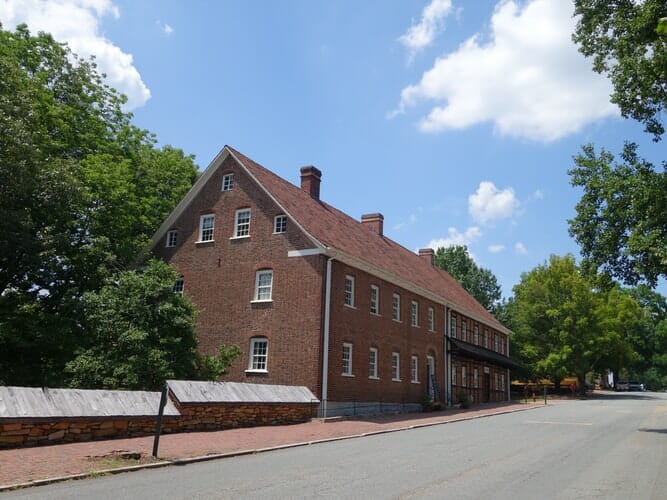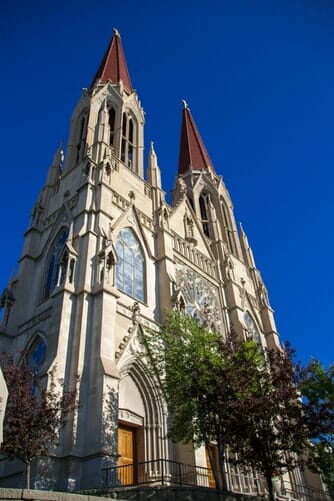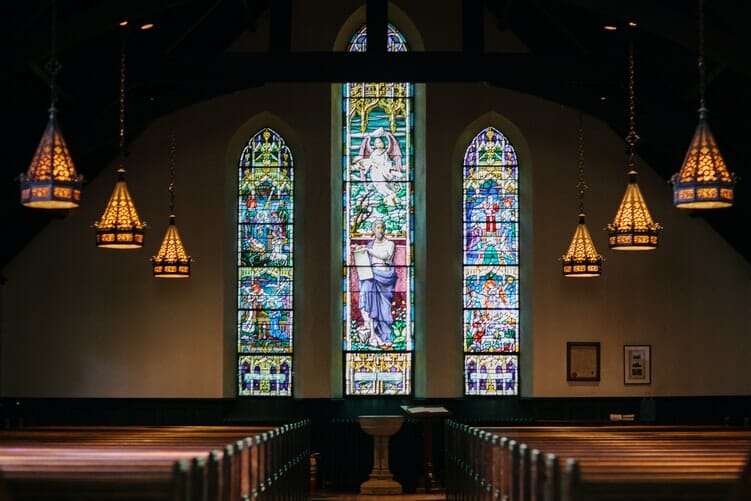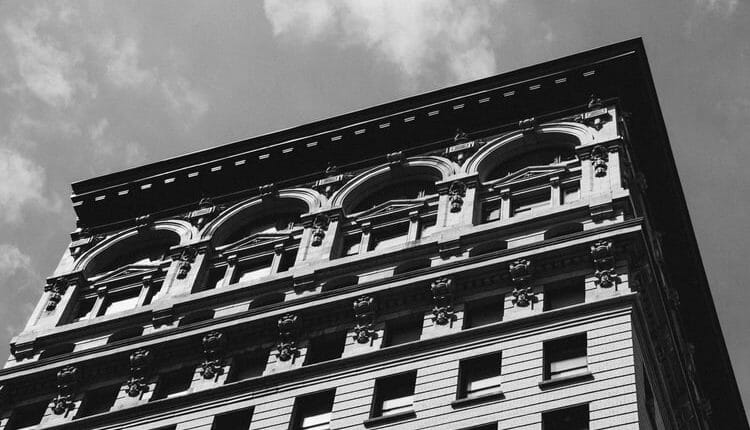Historic preservation of buildings
Strip malls, suburban subdivisions, and prefabricated construction projects have been appearing around the United States with increasing frequency for a few decades now. While these types of buildings certainly have their place in the American landscape, they don’t exactly contribute to the culture of a city or town. That’s a big reason why the historic preservation of buildings is so important.
The sense of identity that older buildings give to cities isn’t confined to skylines, either. Older homes and office buildings give a sense of character and history that helps preserve the continuity between generations of city residents. They connect us to the people and events that came before us in a way that a grainy photograph in a textbook could only hint at.

Why should historic buildings be preserved?
That’s all well and good, but on a practical level, why should historic buildings be preserved? Why not tear an old building down in favor of something new? Beyond the somewhat intangible benefits of cultural and historic continuity, there are several reasons to preserve historic buildings.
Built to Last
Perhaps the biggest benefit of preserving older buildings—especially those from before World War II—is that they were built to last. A solid building that has weathered countless natural disasters is often a better long-term investment than something built with materials that may have been selected because of their designed obsolescence.
A Part of Your Community
Many businesses that operate on a smaller scale than, say, a big-box chain store can benefit from taking up residence in a historic building. How does a neighborhood pub get to feel like it’s a part of a neighborhood? What’s the fastest way for a quaint bookshop to get that quaint feeling? The answer to both is to do business out of a historic building. This same principle applies to many types of businesses that want to develop bonds in the cities and towns in which they operate.
Additionally, old buildings attract foot traffic. People like looking at the beautiful craftsmanship and interesting interior quirks of historic construction. Unique levels, surprising corners, building materials that don’t see use anymore either because of expense or because of scarcity like heartwood pine or wood from old-growth forests: all of these get people to come into a business.

Financial Benefits
If you have purchased or plan to purchase property that includes a historic building, you may be asking yourself, “should old buildings be preserved or demolished?” Keep in mind that you may be able to recoup more of the money from your investment sooner by taking advantage of the Historic Preservation Tax Incentives program that has been covering both historic restoration and preservation projects since the 1970s.
Examples of Historic Preservation
Preserving historical buildings isn’t just theoretical. You can look around the country to see examples of successfully preserved and conserved buildings serving their communities brilliantly. For example, the Daylight Building in Knoxville, TN features an incredible copper storefront and is home to several retailers. Additionally, the building features condominiums. You may have a hard time buying one, though—every living space in the building was sold out as of the writing of this post.
The Anderson Center in Red Wing, MN is a 350 acre historic site. While it was once the home and farm of Dr. Alexander Pierce Anderson who invented puffed wheat and rice, it has become the home of a sculpture garden and studio spaces for international artists and teachers that enriches the community while preserving its history.
In city after city and town after town, examples like these of commercial and non-profit sites can be found. This is because Americans like to be around these amazing, everyday tributes to our industriousness and ability. Even as we progress ever forward into the 21st century, these buildings show us who we have been to give us perspective on who we will become.

How can we preserve old historic buildings?
If you have decided that you want to preserve your historic home or building, one big question remains: how can we preserve historic buildings? There are a few different ways to go about this and they depend on your goals and what has been done with your building since it was built.
What do historic sites preserve?
Are you looking to add your mark to a historic building with modern signage that highlights historic architecture? Are you seeking to restore your building to its former glory by removing elements that were put in on top of the original construction? These are different processes that share a goal: taking advantage of the history and character of a historic building. Guidelines for rehabilitating historic buildings that will ensure you get the benefits of the Historic Preservation Tax Incentives program can be found through the National Park Service.
It’s also important to note that, amazing construction and sturdy building materials aside, you will want to augment your historic building to improve its energy efficiency and your ability to control the climate in the building. The key is to make improvements that don’t take away from the best parts of your building. Fortunately, there are products designed for that very purpose like the Climate Seal Preservation Series Window Insert.
Make Your Mark on History
The importance of preserving historic buildings makes itself clear in many ways. From a cultural and community standpoint and from a practical point of view, making yourself or your business part of a building’s history is a wonderful idea. You can make historical preservation architecture part of your life and enrich your life and the lives of everyone around you. Don’t let history pass you by!

